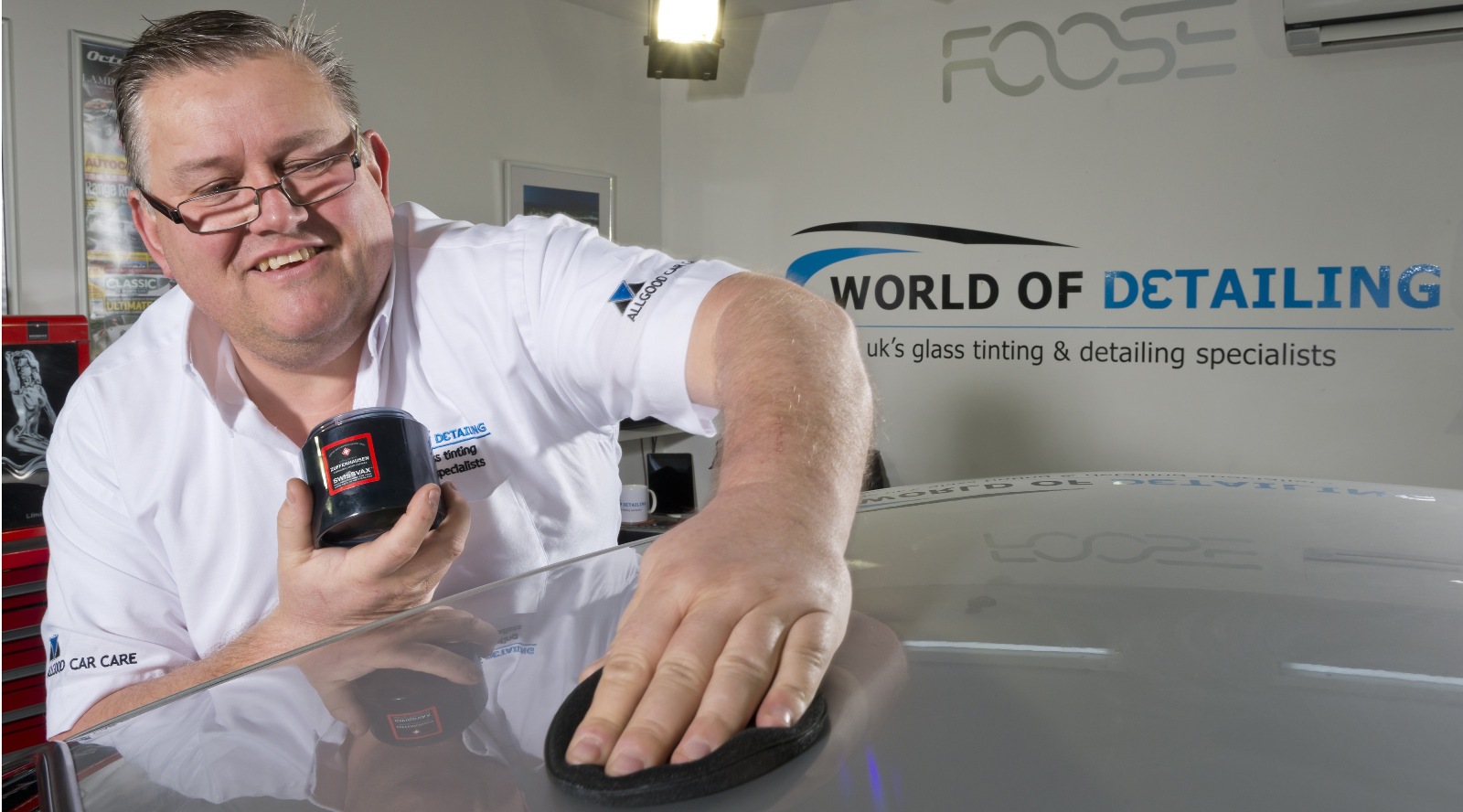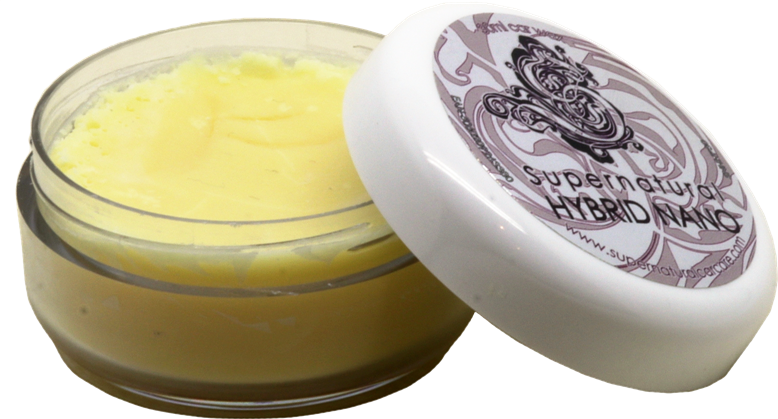Car Wax Application
Waxing a car properly is more involved than most people think. In detailing, wax refers to an organic or polymer coating which can be a paste, liquid or solid material. It is quite different from a polish because wax does not change the surface of the paint coating. Instead it increases the gloss and makes the surface smooth to the touch. A car wax can contain a variety of ingredients from synthetic compounds through to organic waxes like beeswax and Carnauba.
Carnauba deserves a special mention here as it is by far the most popular organic wax ingredient in automotive products. It comes from Brazil where it is harvested from the Capernica Prunifera tree – in its raw form it is a rock-hard solid which requires blending with various carrier solutions prior to being practicable to apply to a car. Beware waxes that claim to be 100% Carnauba – they usually refer to their wax content being 100% Carnauba – even if they are only 5% wax. Equally, the volume of Carnauba can be measured in different ways giving very different results – dry weight vs. wet weight for example.
Perhaps the most important element to get right is the preparation. The first step is to wash, dry, and decontaminate the car. As with many detailing skills, it all lies in the preparation – in the case of a medium sized car, the aforementioned stages can take over three hours when done properly, much longer than the actual wax application.
The wax for the vehicle should be at room temperature. If the temperature is too cold, the wax won’t stick to the surface properly and it if it is too hot it will cure too fast and prevent a perfect finish.
Wax can be applied to the surface of the vehicle using the fingers or a soft foam pad, before being buffed off using a fresh, soft microfibre. They most common error is applying too much wax, or in the case of higher-end products, leaving it to cure too long. Both will result in the buffing stage being far more laborious than needed.
There are specialist waxes for different parts of the car – for example Swissvax Autobahn is specifically designed for alloy wheels, and Finish Kare 1000P is a high temperature synthetic formula that suits exhaust tips.
Waxes can be applied on top of most paint sealants giving a warmer gloss, and many can be layered to give added depth of shine. When washing the vehicle in the future, use a pH neutral shampoo to ensure it doesn’t weaken or remove the wax.
In issue 4 of the Pro Detailer magazine we tested twenty-five different waxes in the Autoglym labs to see which offered the best gloss, hydrophobicity, durability, and beading.





